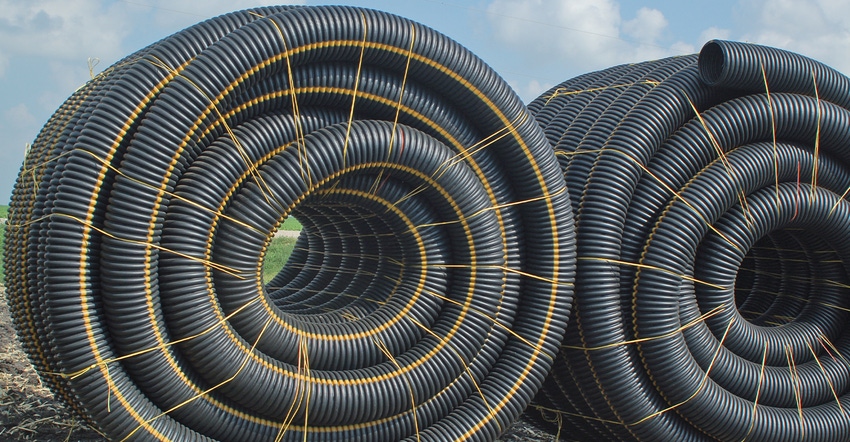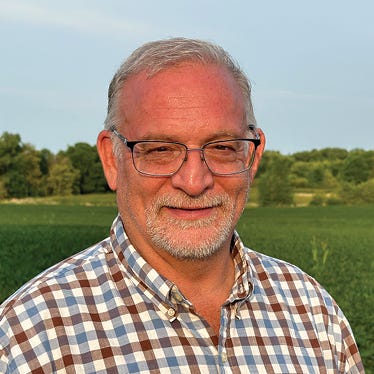November 19, 2019

The 2019 growing season will be looked back on as the year of plan B, with farmers across not just Minnesota but much of the Midwest forced to make frequent and major adjustments.
While contingency plans are a regular part of farming, this past year posed extreme challenges, some of which will carry over into 2020.
Readers know better than I the range of challenges you continue to deal with — compaction, missed windows for nutrient application, tillage that didn’t happen, unplanned tillage by combine traffic and others. Losses were not limited to crop production as livestock producers also dealt with flooded pastures and difficulty in harvesting hay and silage.
Will this wet trend continue? The climate experts suggest that we will see wetter conditions for the next few decades, hedging their bets by noting that this does not preclude periods of drier conditions. Here are some of the ideas I am hearing from farmers in response to these recent challenges.
Stop fighting with low-lying, flood-prone acres. Conservation Easement Programs may be an option. There are both permanent and long-term programs available. Your local Natural Resources Conservation Service office will be able to help.
Take care of drainage. I have had more calls about drainage from more regions of the state in the past six months than in the past 10 years. The combination of way too much rain and aging drainage infrastructure is creating tension both between farmers and anti-drainage activists but also between farmers themselves.
I see a very real opportunity to address shortcomings in existing drainage systems using modern technology such as LIDAR and utilizing conservation funding to build in water retention features as part of drainage systems. This was not generally part of the conversation when these systems were built a century ago. For those in need of better drainage on farm fields, the task is to help others see that there are conservation benefits to modern, properly designed drainage systems. This should start with ensuring that people understand that saturated soils are not healthy soils. The Board of Water and Soil Resources’ Multipurpose Drainage Management program can be a big help here.
More in-season nutrient applications. Fall applications continue to work in many situations, but I hear from an increasing number of farmers who are putting off a portion of their nutrient applications until planting time. This allows for flexibility should you change crop choice between fall and spring, or in the worst-case scenario where no crop gets planted. Research is underway showing the potential for side-dressing with manure. It may not work for everyone but may become another window for manure applications not often used in the past. Our friends in engineering are working on this one.
Less tillage. Tillage has often been thought of as a way to help dry soils, so this may be a bit counterintuitive. A growing number of farmers though are looking at reduced tillage, specifically strip-till. They cite reduced overall time, fuel and horsepower requirements while noting that proper artificial drainage is critical to success with less tillage on heavy soils lacking natural drainage ability. 2020 may not be the year to make such a change since some tillage may be needed to address short-term challenges associated with 2019 conditions. And as always, note that there are a broad range of soil conditions out there that influence tillage decisions.
I am sure there are dozens of other ideas out there. Stop by and help educate me at the various ag meetings coming up this winter.
Formo is executive director of the Minnesota Agricultural Water Resource Center.
About the Author(s)
You May Also Like






